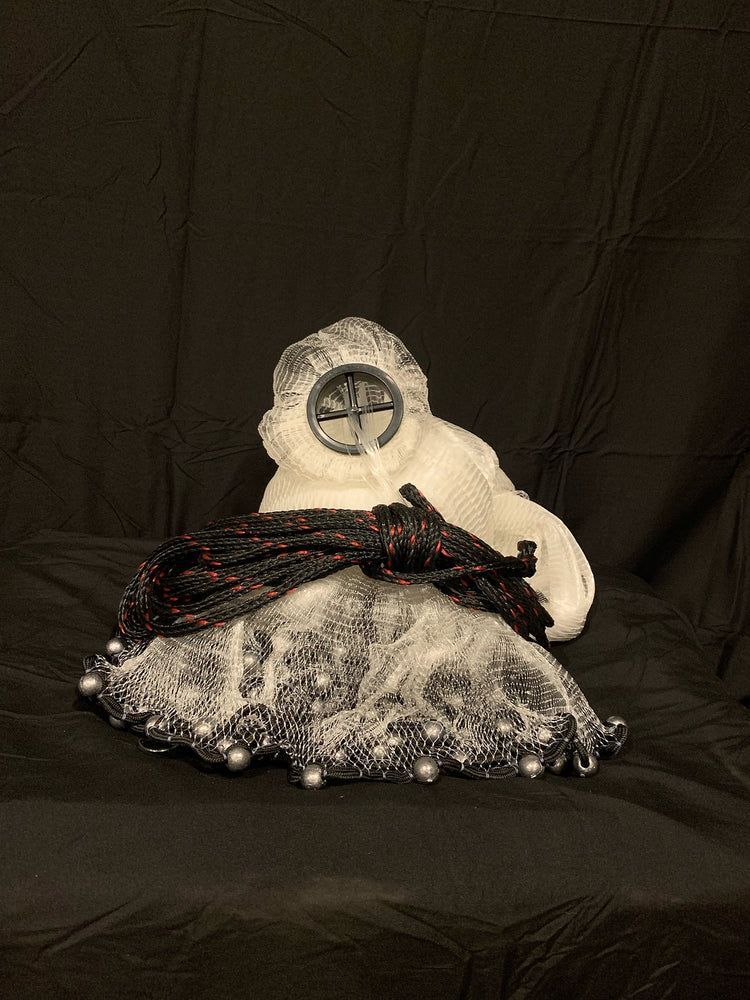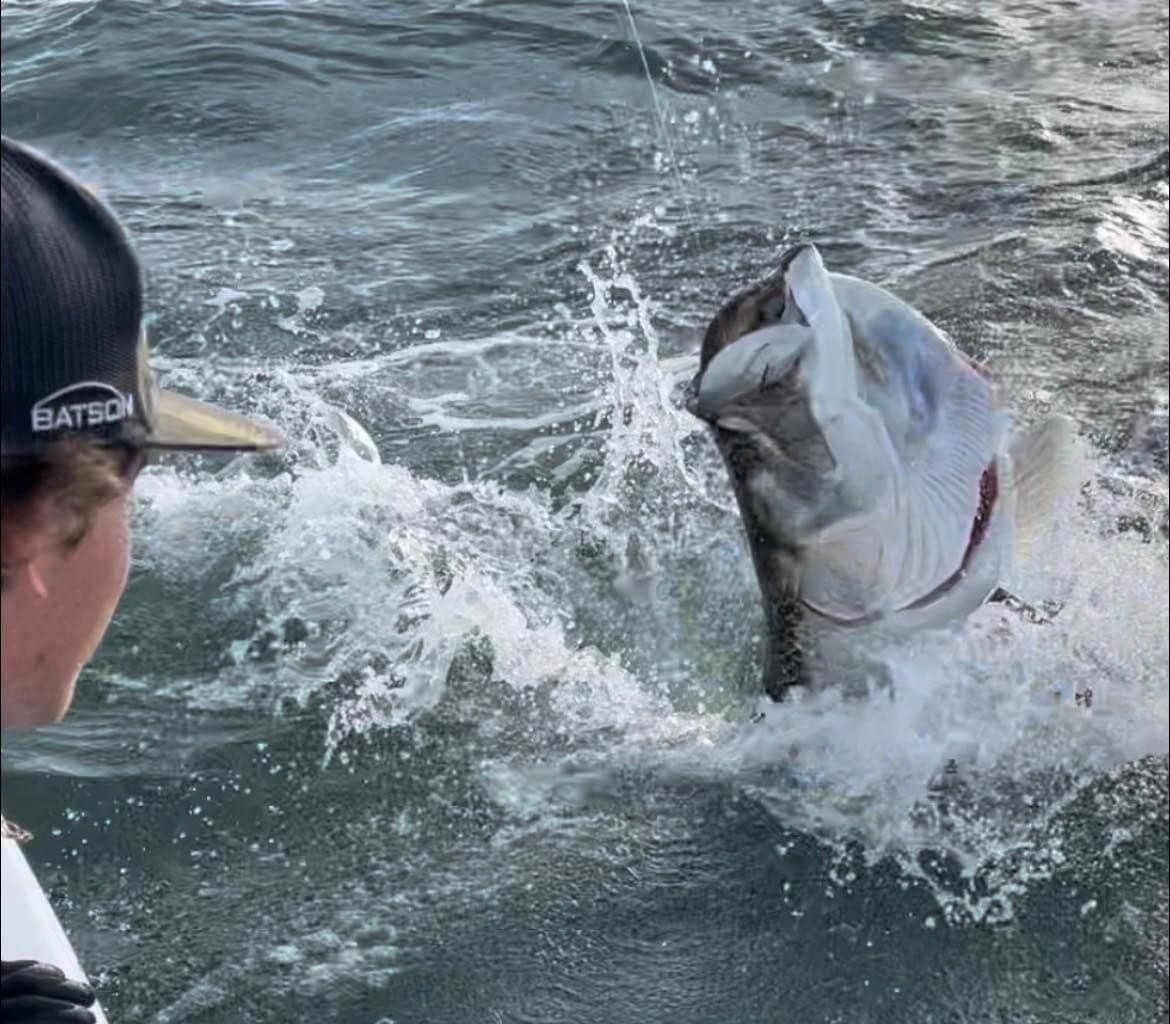Best Lures for Redfish That Work
October 1, 2024
Key Take Away
- Soft plastic shrimp lures like Gulp! Shrimp are excellent for mimicking redfish's natural prey, especially in clear water.
- Paddle tail swimbaits are ideal for covering large areas and mimicking baitfish like mullet.
- Jigheads offer versatility in shallow and deep water, depending on weight and retrieval speed.
- Adjust lure choice based on water clarity and temperature—natural colors in clear water, brighter colors in murky water.
The Best Lures for Redfish: Our Go-To Picks and Why They Work
What’s going on, everyone? I’m excited to dive into one of my absolute favorite topics today—picking the good lures for redfish. Now, if you’ve spent any time on the water around Tampa Bay chasing these awesome inshore game fish, you know how critical it is to have the right lures. Redfish are smart, and they’re not going to fall for just anything. Over the years, I’ve tried just about every type of lure out there for redfish fishing, and I’ve definitely honed in on a few that consistently put fish in the boat.
Today, I’m going to share my personal list of the best lures for redfish, the ones that I’ve had the most success with, and break down why these topwater lures, jigs and jig heads, should be a part of your redfish arsenal. We’ll also dive into the specific conditions and techniques that can make a difference in getting those finicky redfish to bite in and around Tampa Bay, from
Ruskin, Fl down to
Anna Maria Island.
Understanding Redfish and Their Behavior
Before we get into specific good lures for redfish, we need to talk about how these fish behave, because that’s going to impact your choice of lure every time. Redfish are typically found in inshore waters, especially shallow flats, creeks, and back bays. Their feeding habits are pretty consistent—they’re looking for shrimp, crabs, and small baitfish to catch redfish efficiently. Knowing this can help you understand why certain lures mimic these prey items so well.
However, redfish don’t always behave the same. One of the biggest factors affecting their behavior is the weather. After a cold front, redfish will often move into shallower, warmer waters. This is why some of the best lures for redfish are designed to mimic the kind of prey they’re likely to find in these areas. If you can match your lure to the natural prey that redfish are hunting, you’re going to have a lot more success. So wait no more. Here are my list of best lures for redfish.
My Go-To Lures for Redfish
Let’s break it down and talk about the good lures for redfish that I personally rely on when I hit the water. These are tried and tested, and over time, they’ve proven to work in a variety of situations.
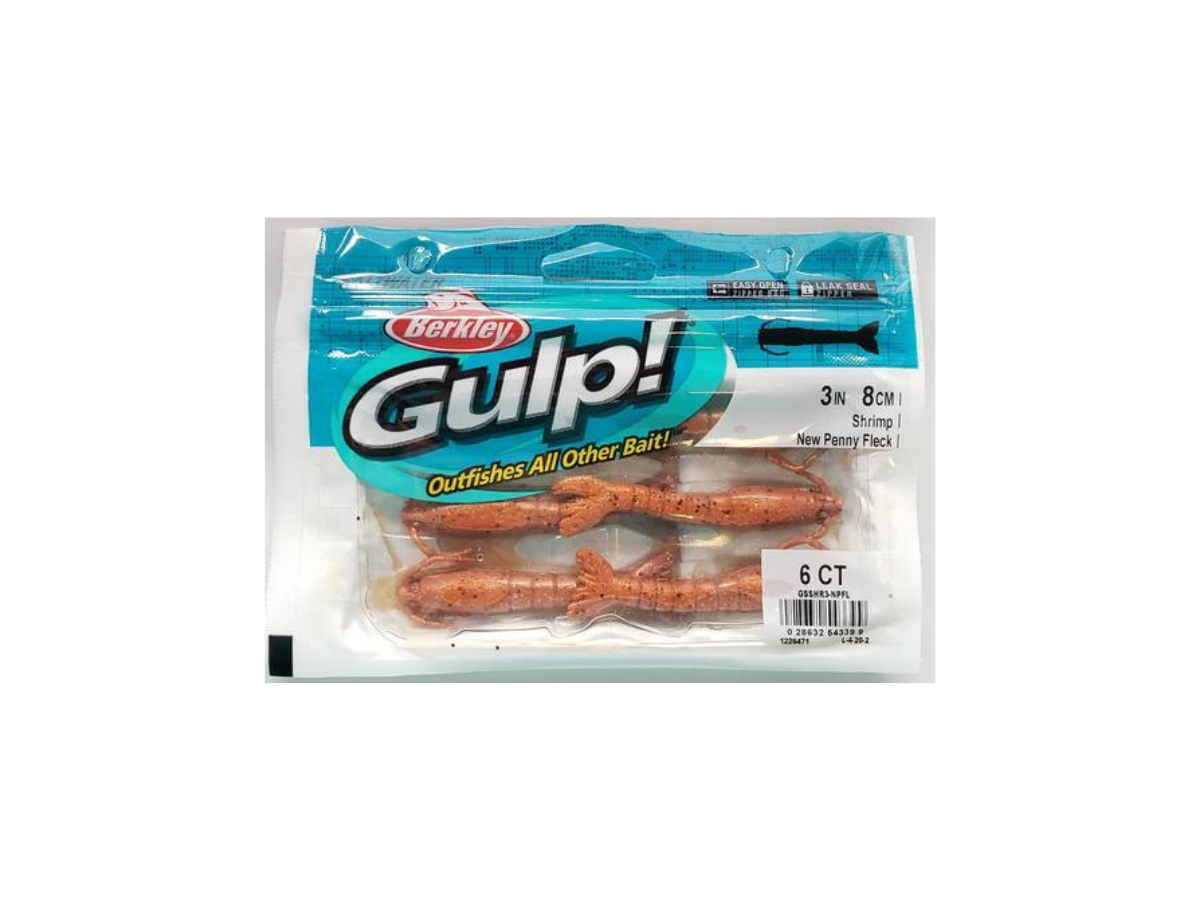
Soft Plastic Gulp Shrimp
The first lure on my list has to be the Berkley Gulp! Shrimp, especially in the New Penny color. I can’t count how many redfish I’ve caught using this lure, and I’m convinced it’s one of the best lures for redfish fishing out there. The reason this lure works so well is that it looks, smells, and feels like the real thing. When you’re fishing for redfish, you want something that closely mimics their natural prey, and shrimp is a huge part of their diet.
One of the biggest advantages of the Gulp! Shrimp is that it’s scented. The redfish can smell it, and sometimes you’ll get a bite before you even start reeling in your lure. I like to dead stick this lure—just cast it out, let it sit for a moment, and see if a redfish picks it up before you even give it a twitch. This happens more often than you’d think, especially when the fish are feeding low and slow.
I pair the Gulp! Shrimp with a 20-30 pound fluorocarbon leader. This gives me the strength I need while still keeping the setup stealthy in clear water. In colder months, when the water is clearer, I might downsize to a 10- or 15-pound leader to avoid spooking the fish.
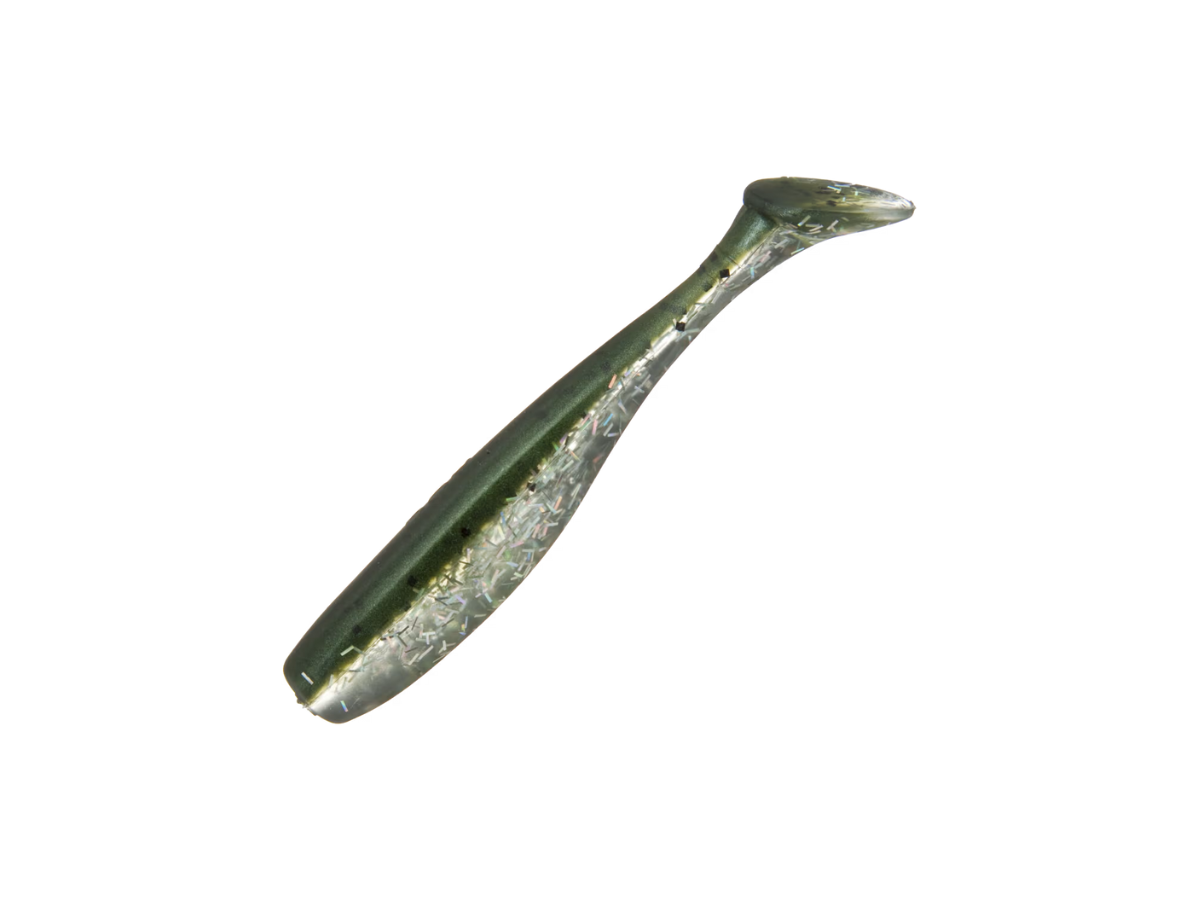
Paddle Tail Swimbaits
Next on the list of good lures for redfish is the D.O.A. CAL Paddle Tail Swimbait. If you’re looking for something that can cover a lot of water quickly, this is the lure for you. It’s perfect for situations when you’re trying to locate schools of redfish and need to make long casts. The paddle tail design gives it a natural swimming motion, and this really helps trigger reaction strikes from redfish.
I love using this lure when I see mullet schools in the area. Redfish often hang around mullet schools because they know there’s a lot of activity going on, which makes it easier for them to feed. By casting the paddle tail swimbait into the mix, you can mimic the movement of a small baitfish, which is exactly what the redfish are after.
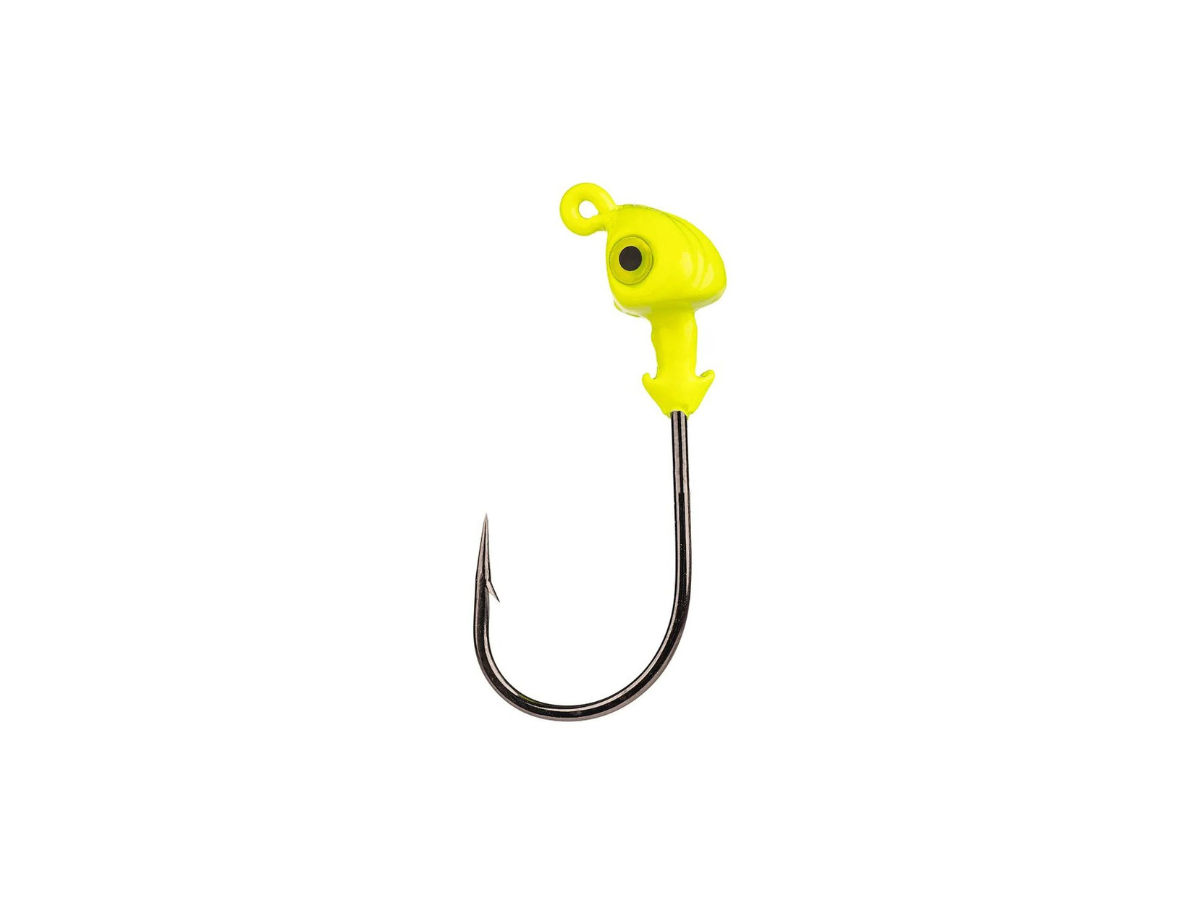
Jigheads
Let’s talk jigheads. My go-to jighead is the quarter-ounce Strikeking Redfish Magic Jighead in Chartreuse, which is a great color choice for attracting redfish.. I use this jighead for almost all my soft plastics, whether it’s a Gulp! Shrimp or a paddle tail. The wide gap hook is perfect for getting a good hookset, and the weight of the jighead allows me to adjust my retrieve based on the conditions.
In shallower waters, I’ll use a lighter jighead to keep my lure in the strike zone longer. If I’m fishing deeper pockets, especially around structure or in stronger currents, I’ll go with a heavier jighead to get the bait down faster. This versatility makes jigheads one of the most essential tools in your tackle box when you’re fishing for redfish.
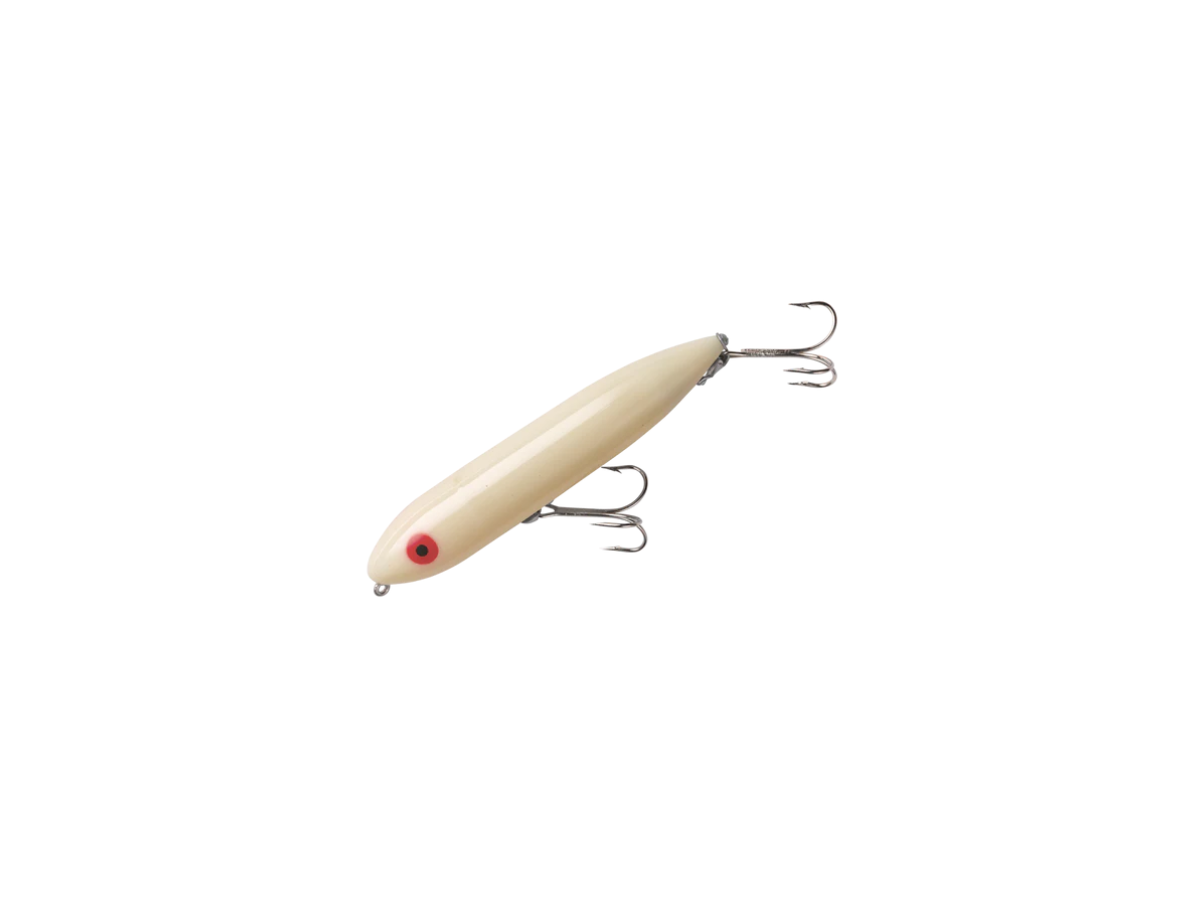
3. Heddon Zara Spook - Topwater Lure
Finally, let’s not forget about the thrill of catching redfish on a topwater lure. There’s nothing quite like seeing a redfish blow up on a topwater lure during a fishing trip. My personal favorite and what I think is the best topwater lure for redfish is Zara Spook. This classic topwater plug is perfect for early mornings and late evenings when redfish are hunting near the surface.
Topwater lures are best used in calm water, so I always look for low-wind conditions when I’m going to tie one on. And be patient—redfish will often blow up on the lure without getting hooked, so resist the urge to yank the lure away too quickly. Wait until you feel the weight of the fish before you set the hook.
The great part about it is you can find any of these at your local tackle shop like
Palmetto Bait and Tackle.
Rigging and Knots: Don’t Overlook the Details
Let’s talk rigging for a second, because how you rig your lure is just as important as the lure itself. I’ve seen a lot of anglers rig their lures crooked, and it kills the action. When you’re using a soft plastic like a shrimp or a paddle tail, you need to make sure the hook exits the lure dead center. If it’s off to the side, your lure is going to spin unnaturally in the water, and that’s not going to fool any redfish.
I personally use a uni knot when I tie my lures. It’s a strong knot that’s easy to tie and works with just about any lure. My buddy Caleb, on the other hand, swears by the perfection loop knot. He says it gives the lure more action because the loop allows the lure to move freely in the water, making it more enticing for redfish. While I think there’s some truth to that, I’ve always stuck with the uni knot, and it’s worked just fine for me.
Adjusting Lure Choice Based on Conditions
Now that we’ve covered some of the good lures for redfish, let’s talk about how to adjust your lure selection based on the conditions. Whether it’s water clarity, temperature, or the presence of baitfish, there are a few key factors that can make or break your day on the water.
Water Clarity
Water clarity plays a huge role in what color lure you should use when targeting redfish. In clear water, I always go with natural colors like the New Penny Gulp to effectively catch redfish. These colors blend in with the environment and won’t spook the fish. On the other hand, if the water is murky or stained, I’ll switch to something brighter like chartreuse or even a darker color that creates more contrast in the water.
Temperature and Seasons
During the cooler months, redfish tend to be less active. They’re still feeding, but they’re not as aggressive, which means you need to slow down your presentation. This is when a soft plastic shrimp on a light jighead works wonders. Let it sit longer between twitches, and be prepared for subtle bites. In warmer weather, redfish are more likely to chase down a lure, so you can speed up your retrieve and even switch to topwater if the conditions are right.
Baitfish Activity
One of the best indicators of redfish in the area is the presence of baitfish, especially mullet, which attract these inshore predators. If you see mullet jumping or moving through an area, that’s a good sign that redfish are nearby. In these situations, a paddle tail swimbait is a great choice because it mimics the movement of baitfish that redfish are feeding on.
Why Artificial Lures Can Be Better Than Live Bait
I know some people swear by live bait for redfish, but I’ve found that artificial lures can be just as effective, if not more so, in certain situations. The best lures for redfish can outperform live bait because they allow you to cover more water, and you don’t have to worry about keeping bait alive.
I’ve had days where the artificial lures outshined live bait, especially when redfish were keyed in on a specific type of prey. By choosing the right lure and presenting it properly, you can fool even the most cautious redfish. Plus, artificial lures give you the flexibility to adjust your presentation and try different retrieval techniques, which isn’t always possible with live bait.
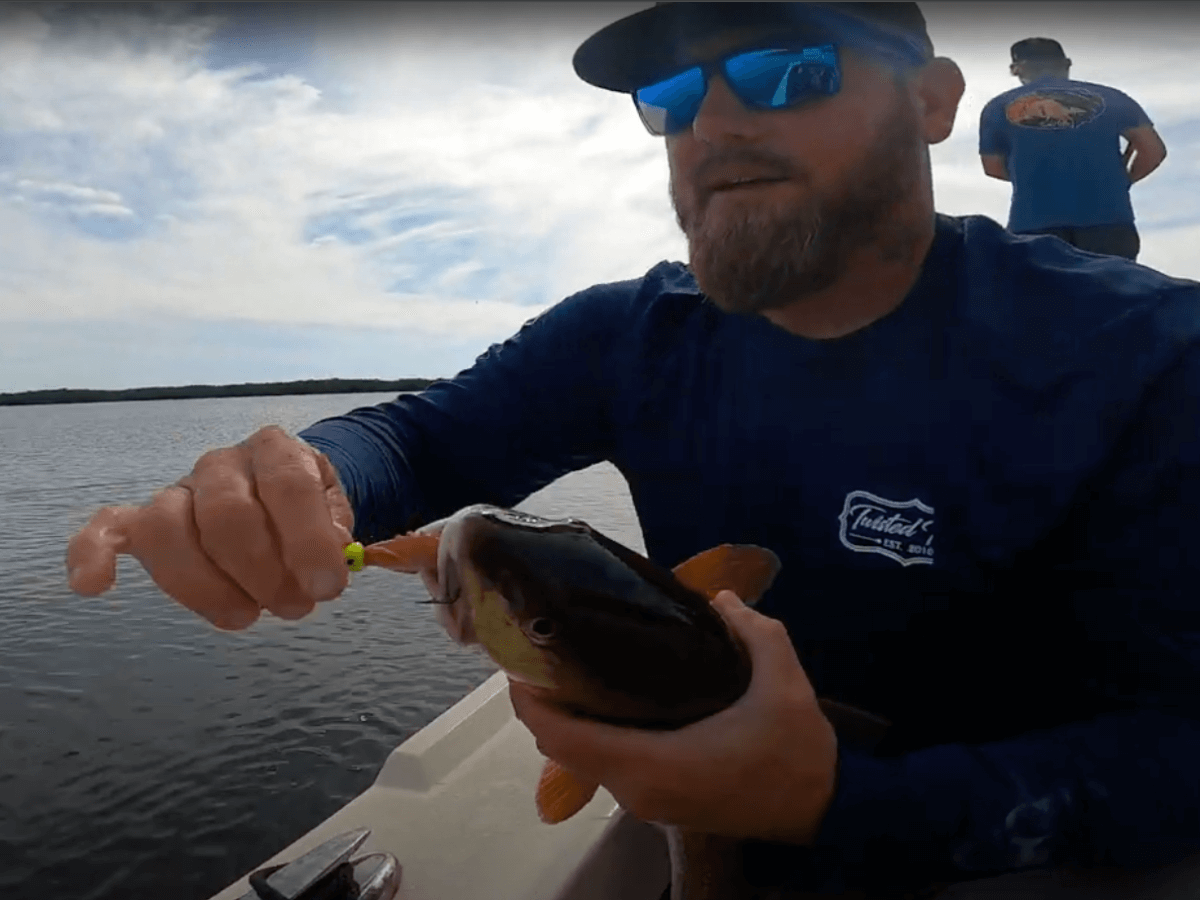
Remember Theese Tips for Redfish Success
To wrap things up, here are a few additional tips to help you have more success when using any of the lures on my list of best lures for redfish:
Make long casts
Redfish can be spooky in shallow water, so it’s important to keep your distance. A long cast can help you cover more water and reach fish that might be further away.
Watch for baitfish activity
If you see mullet or other baitfish in the area, that’s a strong sign that redfish are nearby. Cast your lure into the middle of the activity and be ready for a bite.
Use the right leader
A fluorocarbon leader is essential in clear water. I typically use a 20-pound leader, but if the water is especially clear, I’ll downsize to 10 or 15 pounds to avoid spooking the fish.
Adjust Your Retrieve
If you’re not getting bites while redfish fishing, try changing the speed or style of your retrieve to attract more attention.
Conclusion
There are plenty of good lures for redfish out there, but the key is knowing when and how to use them. Whether you’re working a soft plastic shrimp off the bottom, swimming a paddle tail through a school of mullet, or tempting a redfish with a topwater lure, having the right approach will help you land more fish.
Stay flexible, adjust based on the conditions, and take the time to rig your lures properly. Redfish are smart, but with the right strategy and lure selection, you’ll be able to catch them consistently. I hope these tips help you the next time you’re out on the water.
Tight lines, and happy fishing!
Book a charter with us, and create memories while catching redfish.
Learn more fishing tips
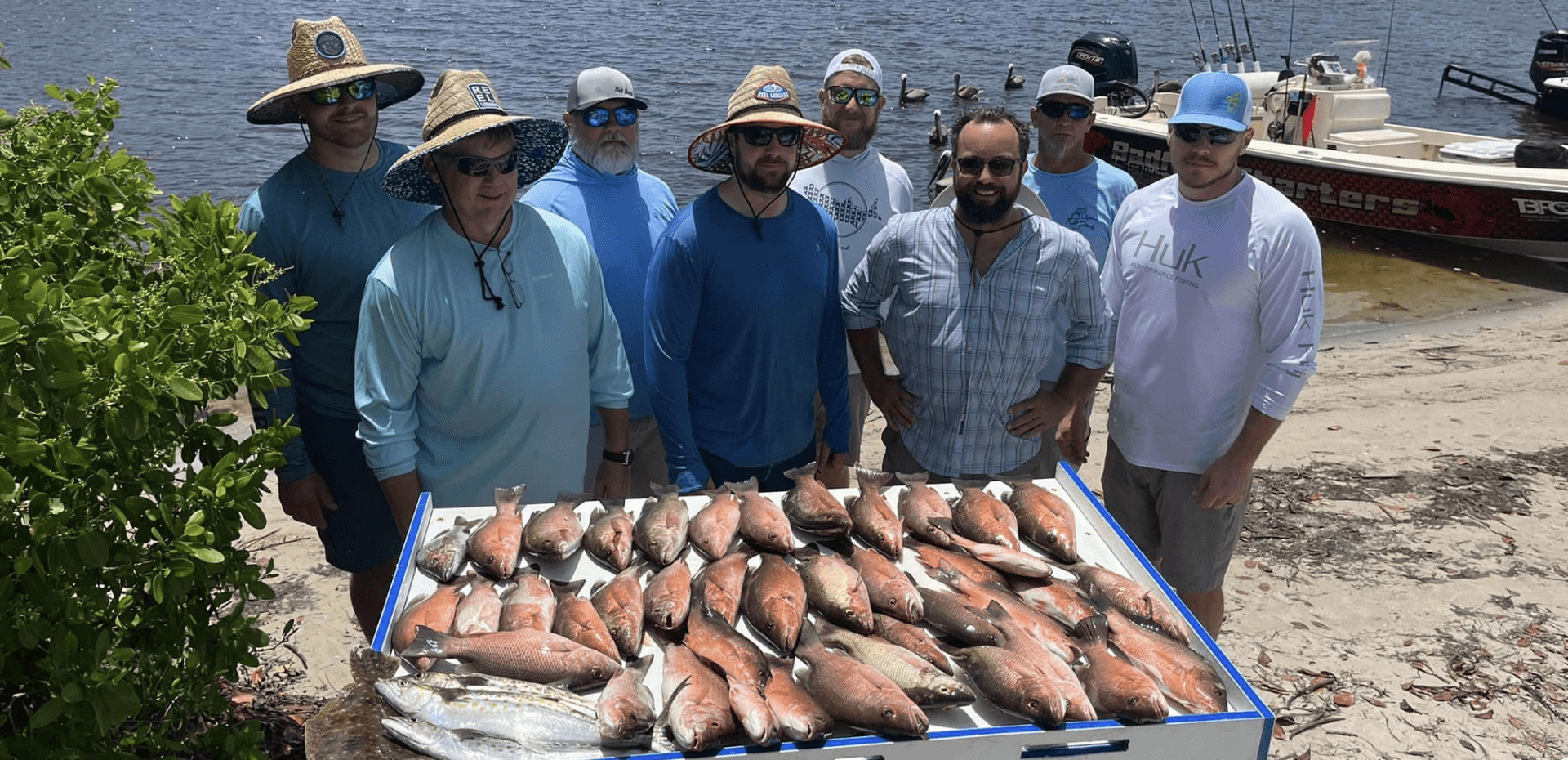
Go ahead, share this fishing secret with your followers.....

